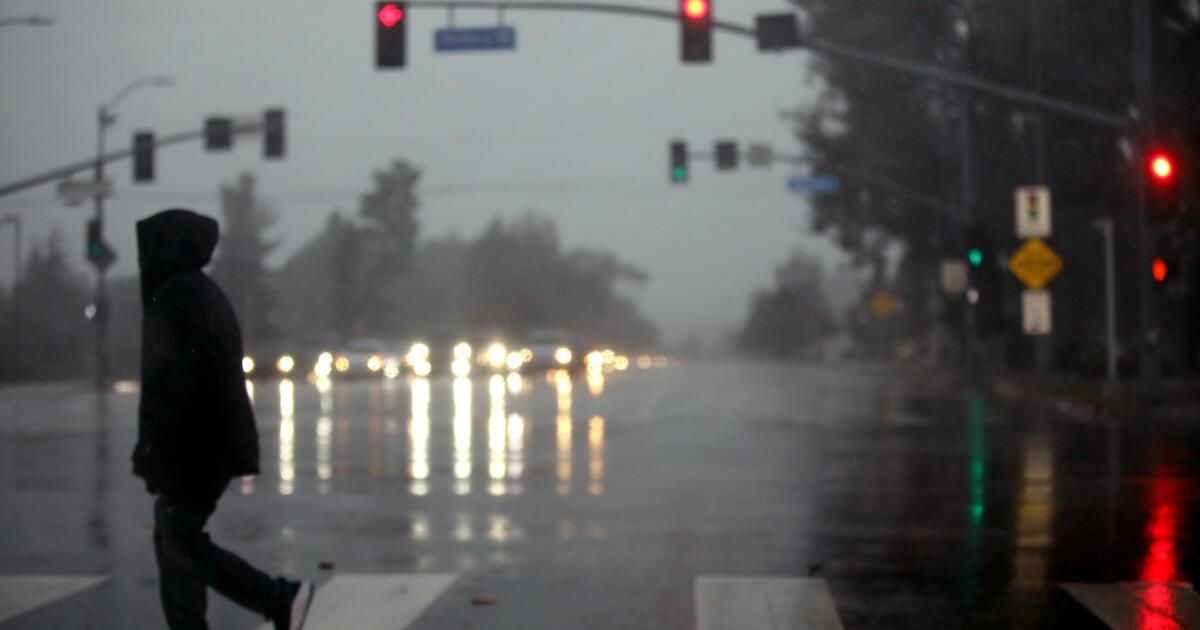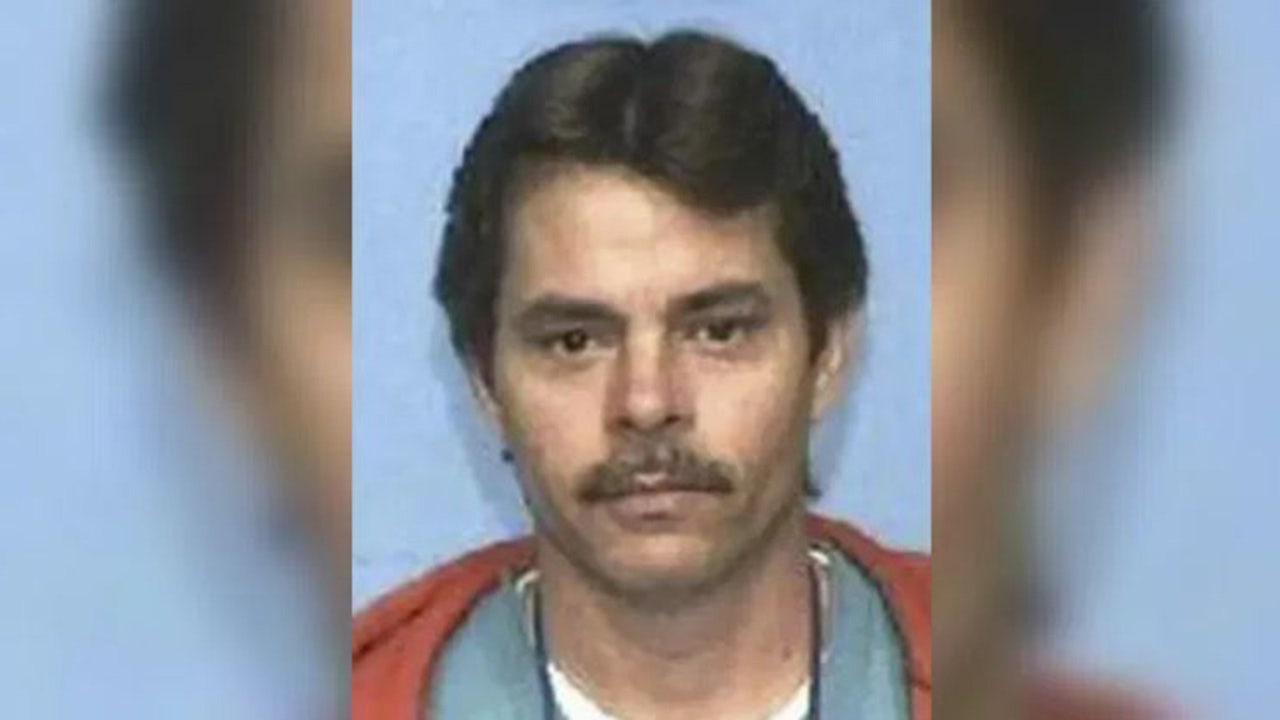Ask James Valdez and he'll tell you a heartbreaking story about the last time it rained.
This month, she was returning to the small house where she's lived for the past year, tucked away in a gated homeless village, on a forgotten stretch of concrete between the railroad tracks and numerous recycling centers in Sun Valley.
But Valdez couldn't get in.
For days, water had been falling from the sky in record amounts, extreme weather that scientists say will become even more common with climate change. Now trash, debris and other nasties from dozens of dilapidated RVs had flooded San Fernando Road and was blocking the entrance to town.
A small river had formed. Small houses were flooded. Ultimately, most of the village's approximately 140 residents had to be evacuated to emergency congregate shelters.
“I tried to see if I could walk like the train tracks to get in. But when I approached the door, the water reached me here,” Valdez said, pointing to his knee and shaking his head. disbelief.
To be clear, what happened in Sun Valley this month didn't happen to every small village. In fact, most of those increasingly dotting Los Angeles seemed to have safely navigated the latest round of atmospheric rivers, unlike, say, those multimillion-dollar mansions in Dana Point that are slowly sliding toward the Pacific Ocean.
But with a future surely filled with extreme weather, Valdez's experiences raise questions about how climate change could put new pressures on efforts to solve homelessness in Los Angeles. Maybe it's time for a reevaluation.
For example, should some forms of temporary housing be prioritized over others to shelter people during flood days? How about protecting them from extreme heat? Should air conditioning be standard?
What about the way sites for tiny houses are selected? Should the safety of unhoused residents be given more weight than the objections of potential neighbors? Is it really a good idea to house people in an industrial zone next to railroad tracks that was never designed for long-term residents?
And what about cost versus speed? Homelessness is a huge problem, but there is still a limited amount of money that can be spent to solve it. Tiny houses are faster and cheaper to build, helping people get off the streets quickly. But in a future altered by climate change, are they better than, say, motel rooms, which are more expensive and take longer to purchase?
These are questions that even Mayor Karen Bass has been considering to some extent.
When I asked him about the people who were forced to evacuate from Sun Valley, he told me that “now it will force us to go out and assess the small home villages and some of the other temporary housing.”
And it also creates an “urgency” to devise different models of temporary housing.
This is the “urgency” Sacramento city officials faced in 2022, when a storm dumped so much rain it set a one-day record and flooded a newly permitted campground near a freeway underpass. A constant stream of passing vehicles splashing water on the tents worsened the situation, and many of the homeless residents ended up having to move to higher ground or emergency shelter.
“We just have to be more creative,” Bass said. “I mean, this is America. We take people to the moon. Can't we find manufactured homes quickly?
Adding to the pressure to get it right, taking proper account of the dangers of climate change, is the fact that any temporary housing that is built will not really be temporary. Permanent housing is so scarce that people are likely to live in small houses or motel rooms for 18 months to two years.
Bass calls it “long-term interim housing.”
Valdez says it beats being on the streets, even with a sudden river running through his small hometown.
“We were flooded, but they still took care of us and took us to a safe place and even took us to shower. We have been blessed,” she told me. “It's better than being in a tent in the rain and getting flooded. Yes, at least you have a place to call home.
Randall Gibbs, another Sun Valley village resident, agreed, even as he talked about hearing waves splashing against the metal exterior of the small house he shares with another man and two dogs.
With more rain predicted for this week, the team that manages the village, all from Volunteers of America-Los Angeles, says they are ready and there should be no more flooding.
Valdez, Gibbs and the other residents were allowed to return to their bunks in their small homes last week after the floodwaters receded and after the city had cleared much of the debris blocking the fence and storm drains.
In the future, what Rosa Govea, deputy area director for VOA-LA, would like to see is constant maintenance of those drains and clearing trash from the encampments further up San Fernando Road.
“You know, make sure we prevent some of the things that can be prevented?” she said.
On Thursday afternoon, delivery trucks and cars weaved through unidentifiable piles of twisted metal and fabric abandoned in the street, as trains roared by and a helicopter circled overhead. Govea pointed out the cleaning work that still needed to be done, a few meters from the imposing fence and the town's guardhouse.
Orlando Ward, executive director of external affairs for VOA-LA, said security assessments of the small villages it manages will continue. The dangers of extreme weather have become very apparent, very quickly.
“When I was here, we were in cardboard boxes,” he said of the years he spent living on Skid Row. “And this would have been absolutely tragic if the rains had come like this. “It didn't rain like this 25 years ago.”












